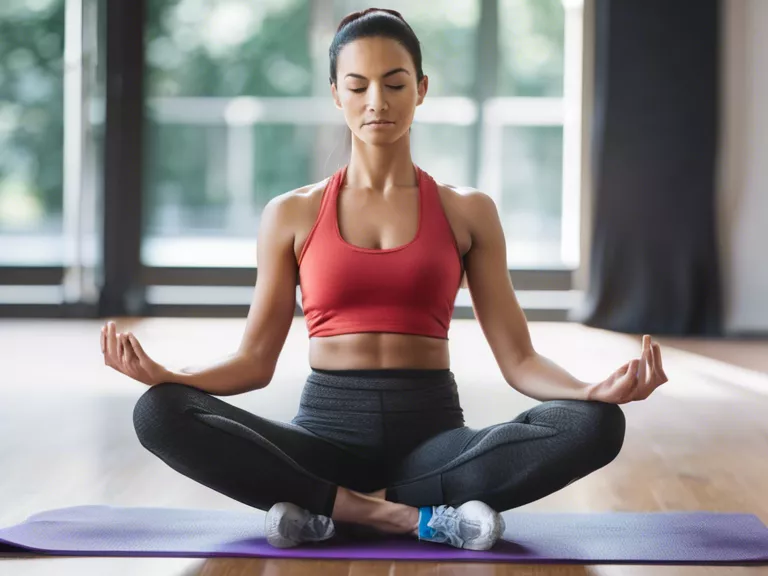
With the rise of technology, fitness wearables have become a popular tool for individuals looking to monitor their heart rate and caloric burn during workouts. These devices can provide valuable information to help you optimize your exercise routine and achieve your fitness goals. In this article, we will explore how to effectively use fitness wearables to track your heart rate and caloric expenditure.
Monitoring Heart Rate
Fitness wearables equipped with heart rate monitors can give you real-time feedback on how hard your heart is working during exercise. To effectively monitor your heart rate, ensure that the device is securely fastened to your wrist or chest according to the manufacturer's instructions. Most devices will display your heart rate in beats per minute (BPM) on the screen or through a connected app.
To make the most of heart rate monitoring, it's essential to understand your target heart rate zones based on factors such as age, fitness level, and workout intensity. By staying within these zones, you can ensure that you are working out at the right intensity to achieve your fitness goals, whether that be fat burning, endurance training, or improving cardiovascular health.
Tracking Caloric Burn
In addition to heart rate monitoring, fitness wearables can also estimate the number of calories you burn during exercise. These devices use algorithms that take into account your heart rate, age, weight, and workout duration to provide an approximate caloric expenditure. While these estimates may not be 100% accurate, they can still give you a good idea of how many calories you are burning during different types of workouts.
To maximize the accuracy of caloric burn tracking, make sure to input your personal information correctly into the wearable's app or settings. This includes your age, weight, and gender, as these factors can significantly impact how many calories you burn during exercise.
By utilizing fitness wearables to monitor your heart rate and caloric burn, you can better understand how your body responds to different types of exercise and make informed decisions to reach your fitness goals.



